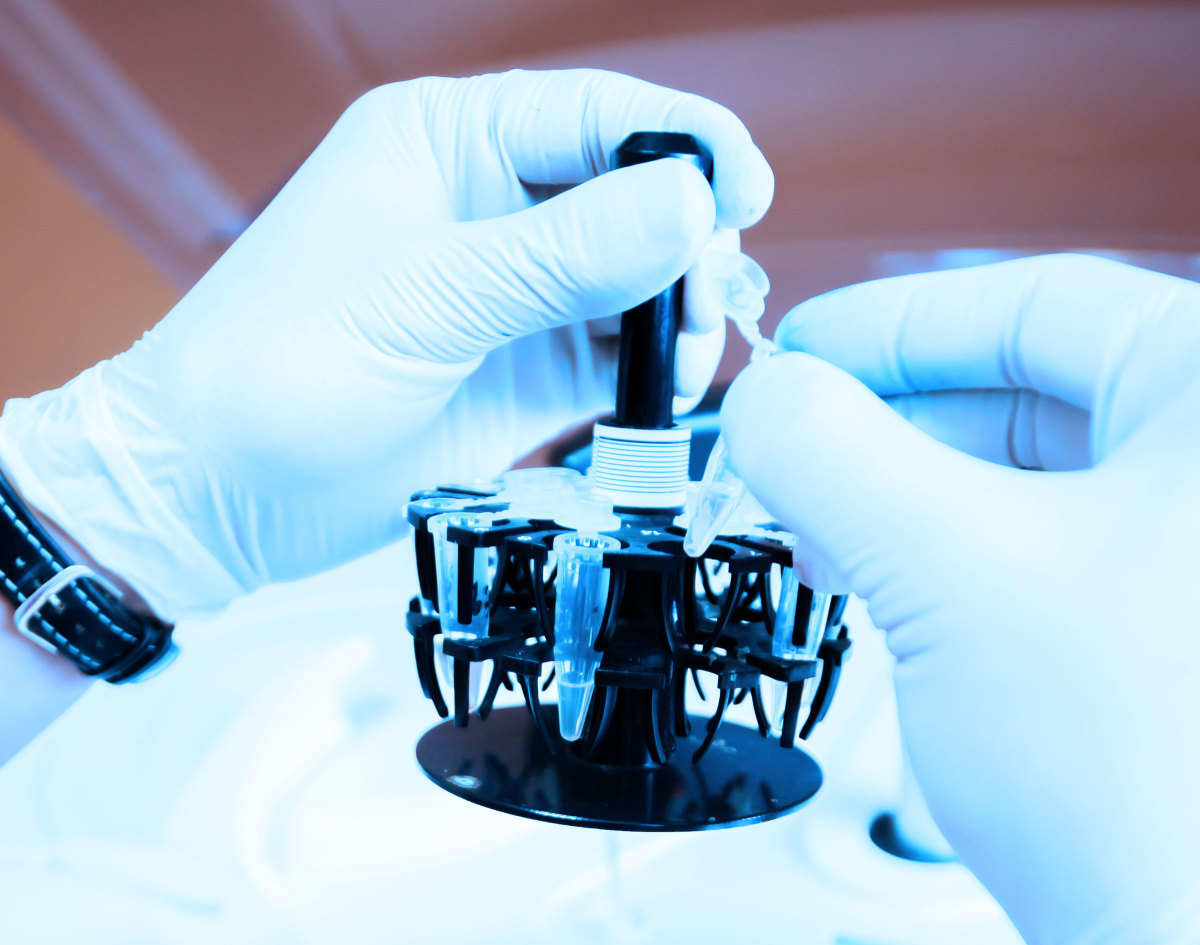
Novel ways of managing osteoarthritis could be the future of helping equine athletes continue to perform. At the 2020 AAEP Virtual Convention, Lauren Schnabel, DVM, PhD, DACVS, DACVSMR, associate professor at North Carolina State University College of Veterinary Medicine, described a new disease-modifying osteoarthritis (OA) treatment using a concentrated platelet-rich plasma (PRP). PRP has the ability to increase hyaluronic acid synthesis and cartilage matrix production while dampening synovial membrane inflammation, which is often the hallmark of OA.
The study, funded by the Morris Animal Foundation, looked at a different form of PRP from what has been used traditionally. Platelets in this new preparation (Bio-Ply) are more concentrated and lysed to release growth factors and cytokines. Pooling together lysates from many horses has the best chance for each individual to offer antimicrobial peptides. As an acellular preparation, it can be used in allogenic treatments and frozen for future use [Gilbertie, J.M.; Schaer, T.; Schubert, A.G.; et al. Platelet-rich plasma lysate displays antibiofilm properties and restores antimicrobial activity against synovial fluid biofilms in vitro. Journal of Orthopaedic Research Jan 2020; https://doi.org/10.1002/jor.24584].
Usually, PRP has platelets concentrated to 2-10 times but in this preparation of Bio-Ply, platelets are concentrated by a factor of 50 times of what is normally found in blood. Lysing the platelets releases antimicrobial peptides to combat bacteria. In addition, the lysate also provides anti-biofilm and chondroprotective properties. These properties make it potentially useful for managing joint infections that are notoriously difficult to resolve. While antibiotics alone won’t rid an infected joint of biofilms and bacteria, when the lysate was combined with antibiotics, it completely eliminated both biofilms and bacteria. In addition, there were no joint flares when septic joints were treated with PRP lysate and amikacin.
The study further compared the efficacy of Bio-Ply to hyaluronic acid and steroid treatment in an in vitro model that mimics OA inflammation by adding LPS to the culture of synoviocyte and chondrocyte layers. After 24 hours of added LPS, the cultures received either no treatment, treatment with triamcinolone, treatment with Hyvisc, or treatment with Bio-Ply. Seventy-two hours later, the researchers measured the hyaluronic acid levels, chondrocyte and synoviocyte gene expression.
The results show great promise in using this as a treatment for OA. Schnabel reports that the study concluded that “PRP lysate is able to restore homeostasis of hyaluronic acid synthesis and chondrocyte matrix production post-inflammation.”
Distinct peptides directly affect hyaluronic acid synthesis and could offer a unique anti-inflammatory approach to joint preservation in OA. More investigation needs to be directed at the quality of hyaluronic acid as well as an investigation into the bioactive peptides within Bio-Ply to assist in manufacture and ease of use.








